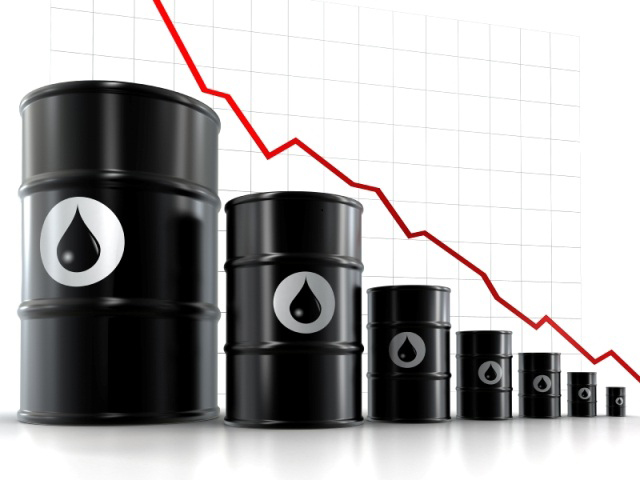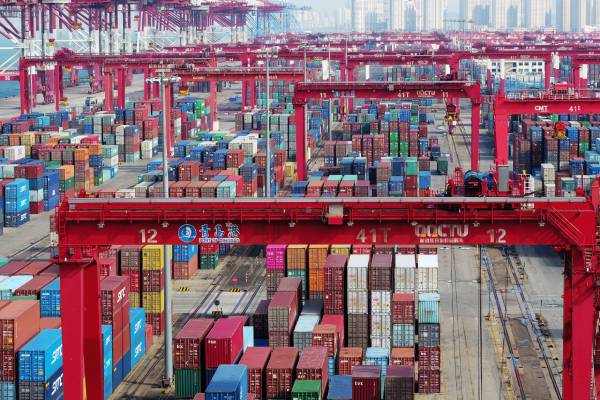For Coming Years Oil Costs Will Stays High-Rise

- A developing number of significant speculation banks are turning bullish on oil in the medium to long haul.
- An absence of venture is prompting supply shortfalls as request bounce back to pre-COVID levels.
- Bouncing back utilization and tight stockpile could push oil costs considerably higher.
Oil costs could remain at more elevated levels in the years to come as request bounce back while supply stays tight, said Damien Courvalin of Goldman Sachs.
“This is certifiably not a transient winter shock like it very well may be for gas. This is really the start of a material repricing higher for oil,” he told on Thursday.
“The basics in reality especially support the perspective on greater costs than we’ve seen, essentially beginning around 2014,” he said.
Oil costs could remain at more elevated levels in the years to come as request bounce back while supply stays tight, as per Goldman Sachs’ head of energy research.
Damien Courvalin, who is additionally a senior item tactician, said the market essentials warrant more exorbitant costs and that the bank’s gauge for Brent unrefined is $85 per barrel for the following quite a while.
“This is certainly not a transient winter shock like it very well may be for gas. This is really the start of a material repricing higher for oil,” he told on Thursday.
OPEC+ concurred in July to raise yield by 400,000 barrels every month until essentially April 2022 to eliminate 5.8 million barrels each day of existing yield cuts.
The recuperation in worldwide oil interest from the Covid pandemic has been speedier than many expected, while worldwide inventory has been upset by typhoon blackouts and low venture.
While Brent exchanging above $80 “might feel toppy,” Varga said costs are “just seen awkwardly high until the primary virus spell shows up in the Northern Hemisphere, spurring extra interest and setting off a new episode of purchasing.”
Temporarily, Varga said the current scenery recommends “there is still room on the potential gain.”
‘Cautioning sign’
What’s going on in the coal market — where costs are at record highs since supply shrank quicker than request — is a “cautioning sign” for oil, Courvalin said.
Oil boring movement hasn’t recuperated much on the stockpile side, while request is developing, he said, depicting the market as being in an “dug in shortfall.”
“We’re confronting potential multi-year shortages and the danger of altogether more exorbitant costs,” he said.
There should be an acknowledgment that the progress to cleaner energy will consume a large chunk of the day, and that calls to quit putting resources into hydrocarbon supply will just make “a lot higher energy costs in the coming years,” he said.
Last week, Morgan Stanley raised its drawn out oil value standpoint up by $10 per barrel to $70. BNP Paribas expects oil costs at almost $80 a barrel in 2023, Bloomberg notes.
UBS expects oil costs “to stay very much upheld into the following year,” with the market remaining tight essentially until the primary quarter of 2022, because of the least inventories in OECD starting around 2015, just continuous facilitating of the OPEC+ cuts, and oil request hitting 100 million barrels each day (bpd) in December 2021.
“While request is relied upon to increment too one year from now, extra OPEC+ and US creation should bring about a fair oil market. With more OPEC+ individuals battling to build creation in accordance with the gathering’s arrangements, its augmentations in 2022 will probably be just a small portion of the at present expected 3.76mbpd increment, which ought to forestall an oversupplied market, in our view,” Giovanni Staunovo, Dominic Schnider, and Wayne Gordon composed on Friday.
“So remembering all of this, we presently anticipate that Brent should exchange at USD 90/bbl in December and March, prior to evening out off to USD 85/bbl for the remainder of 2022,” UBS’s experts added.
Past 2022, oil costs are probably going to remain fundamentally higher as oil request will keep on rising while new inventory would slack utilization development, essentially because of five years of underinvestment and the strain on oil majors to cut outflows and interests in new stockpile, investigators say.
Worldwide yearly upstream spending needs to increment by as much as 54% to $542 billion if the oil market is to deflect the following stock lack shock, Moody’s said recently.
“Our examination shows that upstream organizations should build their spending extensively for the medium term to completely supplant saves and keep away from decreases in future creation,” Moody’s Vice President Sajjad Alam said.
In spite of oil prospects climbing over 60% this year and hitting multi-year highs, Courvalin said oil makers haven’t expanded stock.
“Request is bouncing back further and we really wanted to truly begin to see that speculation,” he said.
Shale makers, notwithstanding, are centered around returning money to investors.
“That is the key of the supportability of more exorbitant costs,” he said, adding that he sees oil request hitting new record highs in 2022 and 2023.
“The essentials in reality especially support the perspective on greater costs than we’ve seen, basically beginning around 2014,” he said.
Disclaimer: The views, suggestions, and opinions expressed here are the sole responsibility of the experts. No THE CASH WORLD journalist was involved in the writing and production of this article.






